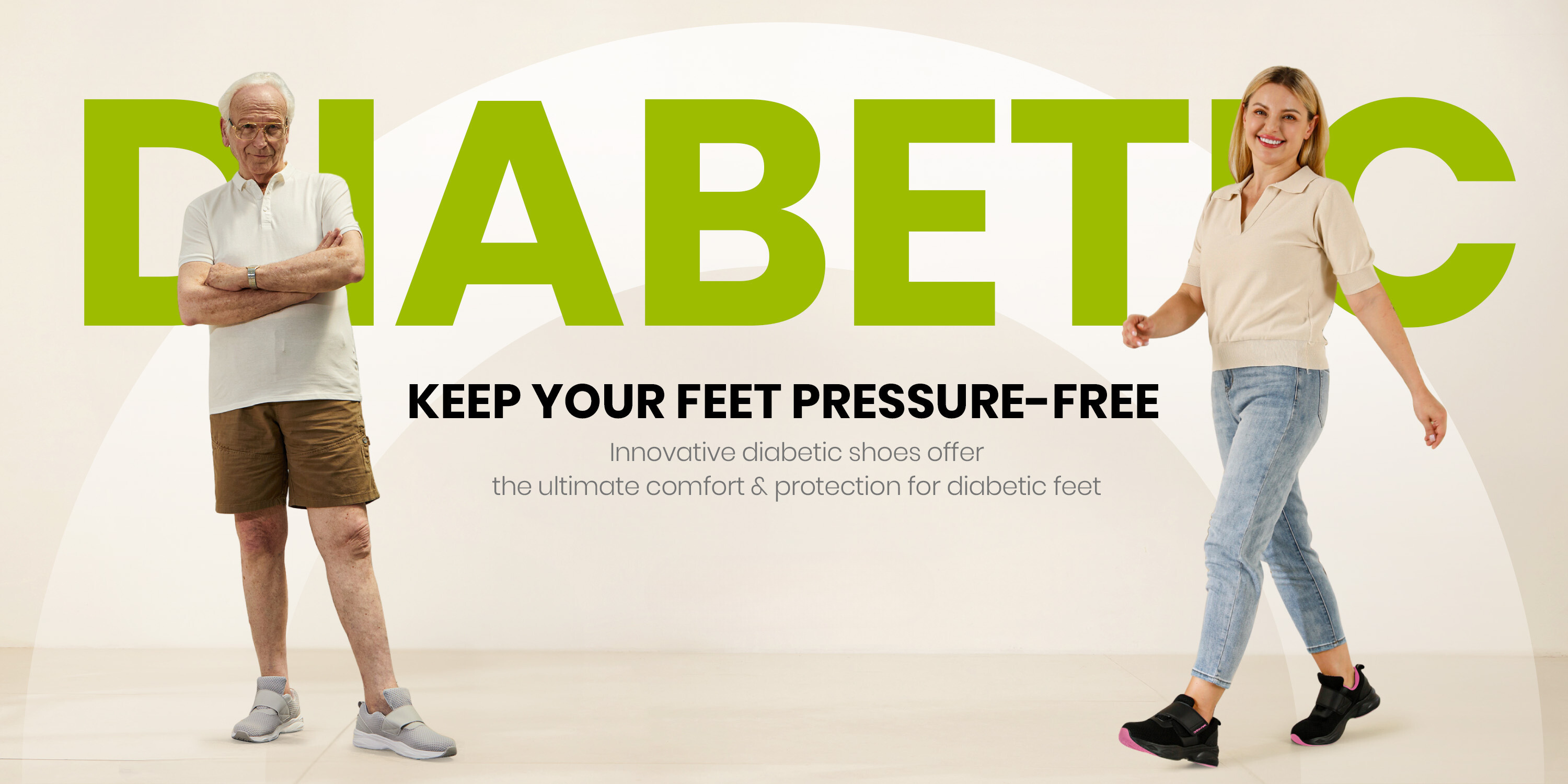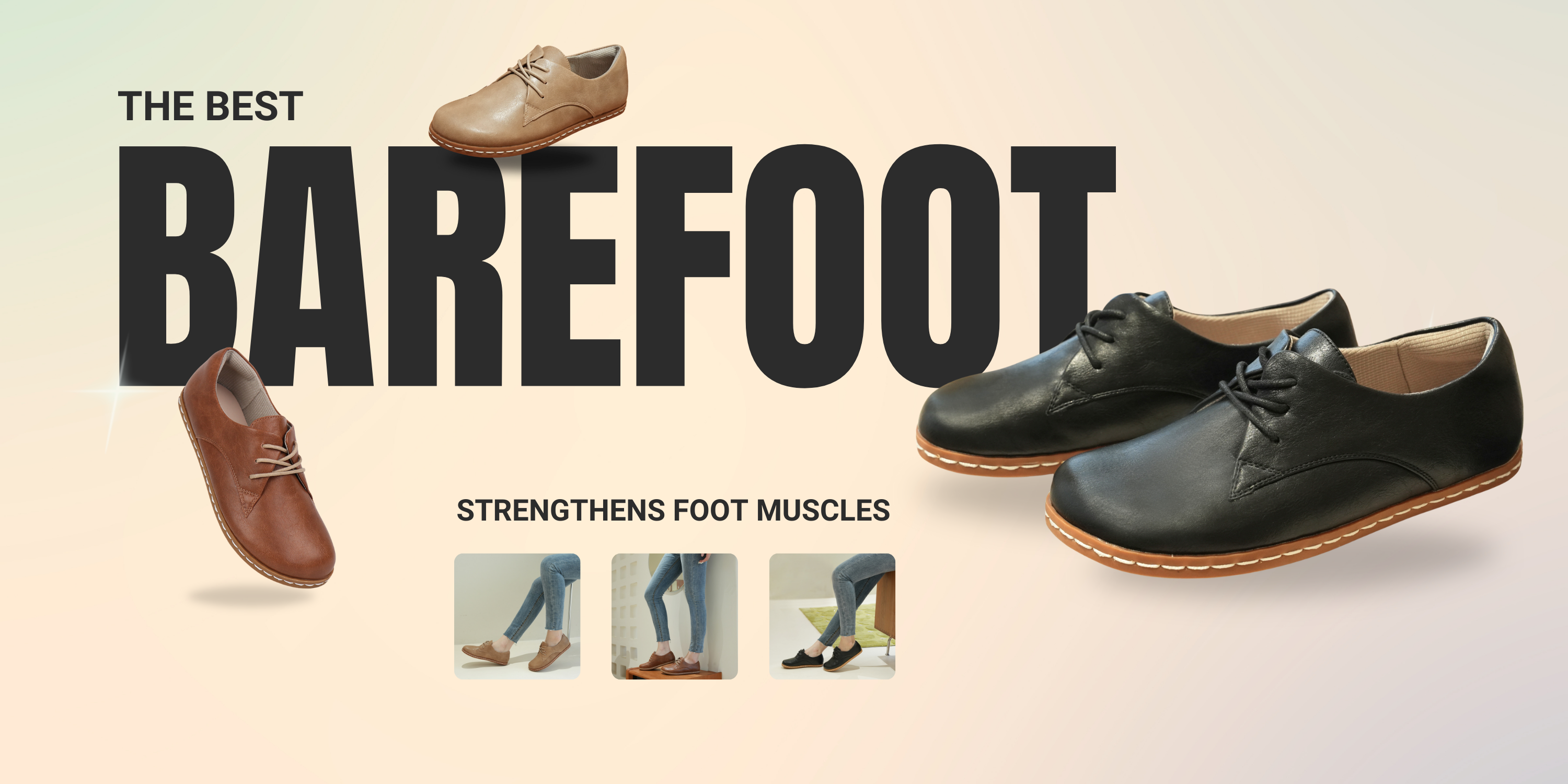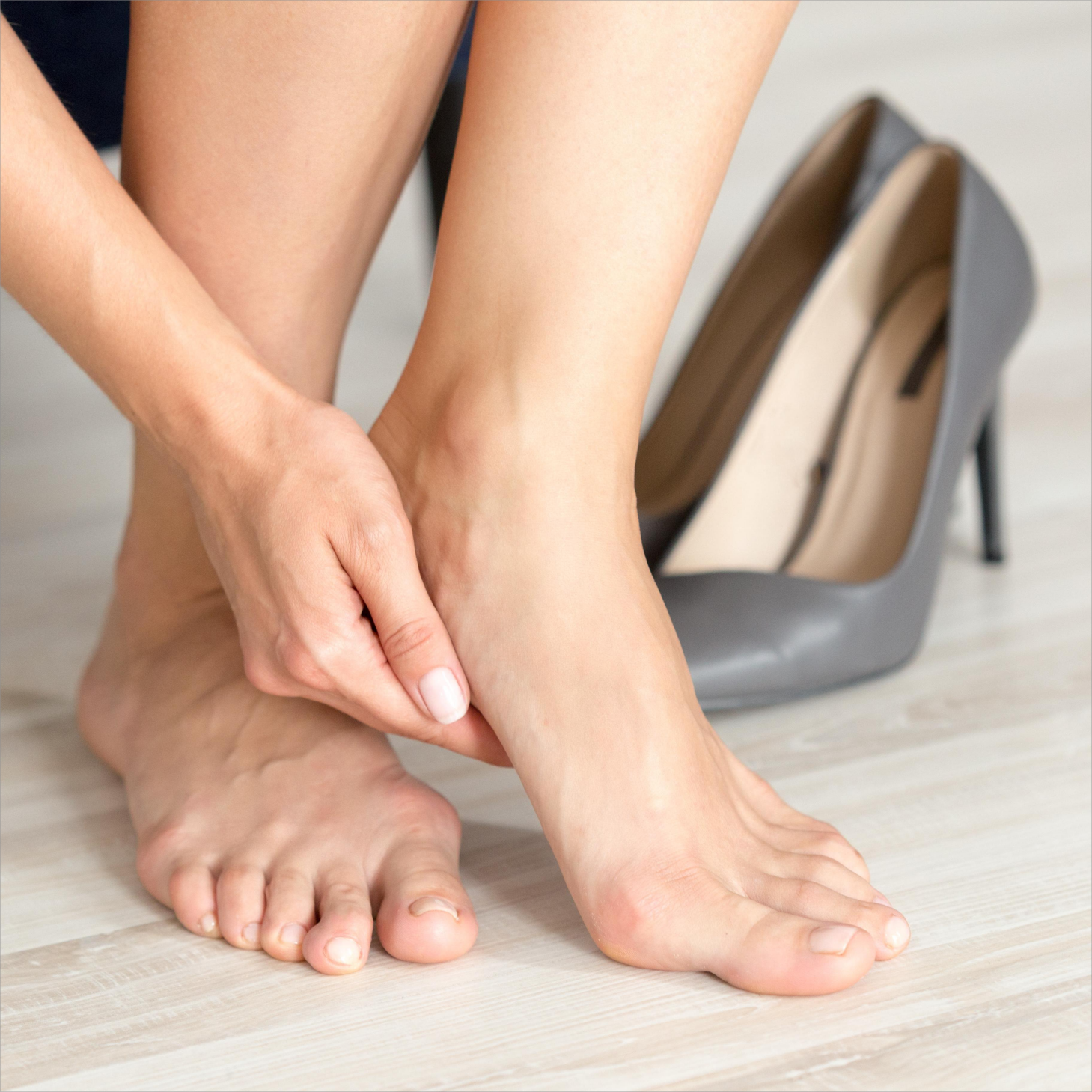Introduction to Bunions
As we age, our bodies transform in numerous ways, and our feet are no exception. A common change is the development of bunions, where the big toe begins to lean towards the other toes, leading to a noticeable bump on the joint at the base of the big toe.
The Development of Bunions
Bunions, medically referred to as Hallux Valgus (HV), involve the lateral shift of the first metatarsal bone towards the interior of the foot. This displacement causes the front part of the foot to broaden and the base joint of the big toe to bulge. Although bunions can be painful, the level of discomfort does not always correlate with their size.
Symptoms Associated with Bunions
Pain is commonly experienced in the toes, especially around the enlarged joint of the big toe or along the foot's underside. Tight shoes typically aggravate this pain, and even wide shoes may not provide relief for a significantly large bunion. Additional symptoms include numbness due to nerve damage, thickening of the skin on the sole, redness, swelling, and difficulty moving the big toe. Complications like hammer toes or claw toes may also arise, leading to bent middle joints in other toes and the formation of corns.
High Incidence Among Women
Notably, women experience a higher incidence of bunions. This is attributed to several factors, including biomechanical differences in foot structure and ligament strength. The frequent wearing of high-heeled shoes, which place increased pressure on the forefoot, significantly contributes to this disparity.
Risk Factors for Bunions
The propensity for bunions has a genetic component. While tight footwear is often blamed, it is more of a contributing factor than a direct cause. Weak connective tissue, shorter Achilles tendons, certain joint diseases like rheumatoid arthritis, and foot structures such as splayfoot or flatfoot can all elevate bunion risk. Women, in particular, are more susceptible due to both physiological factors and footwear styles like high heels.
Management and Solutions for Bunions
Proper footwear that provides ample space for the toes can alleviate bunion discomfort. Orthopedic shoes designed specifically for bunion relief are available and can be beneficial. In cases where bunions cause persistent pain or severe deformity, surgical options may be considered to realign the bones and correct the bunion. Post-surgery, rehabilitation includes exercises to restore flexibility and strength.
Prevention and Care
Preventative measures include wearing well-fitted shoes with a wide toe box and avoiding high heels that force the toes into a cramped position. For those with flat feet or other contributing conditions, supportive insoles or custom orthotics may help distribute pressure evenly across the foot, potentially slowing bunion progression.
By understanding bunions from their causes to management strategies, individuals can take proactive steps to maintain foot health and mobility. Embrace the fusion of orthopedic care and chic design with Ortho+Rest, where wellness meets trendsetting.






Leave a comment
This site is protected by hCaptcha and the hCaptcha Privacy Policy and Terms of Service apply.